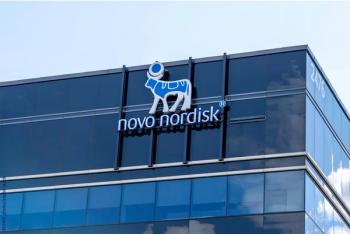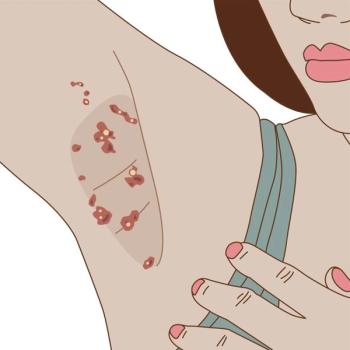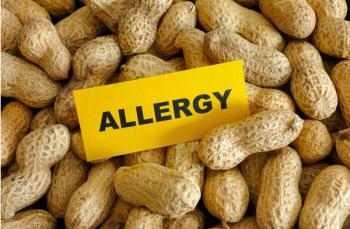
HCV Cure is Possible in Young Drug Users, Suggests New Research Being Presented at IDWeek 2021

IDWeek 2021: Young people who inject drugs can be cured of hepatitis C virus infection, according to 2 new studies.
Young people who inject drugs (PWID) can be successfully cured of hepatitis C virus (HCV) infection, according to 2 new studies being presented at
In recent years, the number of young adults in the US diagnosed with chronic HCV has been increasing to levels seen in baby boomers, and
Due to a lack of research on
Cure is possible
The first study, Treating Hepatitis C Virus (HCV) in Young Adult Active Drug Users is Possible, analyzed young, active PWIDs who had injected less than 6 months earlier and who were aged less than 35 years. Treatment for HCV with glecaprevir/pibrentasvir (G/P) and concurrent treatment for opiate use disorder with extended-release naltrexone (XR-NTX) was provided. Two participants chose methadone, according to the study abstract.
Patients were followed up to 12 months after enrollment. Patients were evaluated for adherence, side effects, alanine aminotransferase (ALT) levels, urine drug screens (UDS), and opioid craving scores using a visual analog scale (VAS) while receiving XR-NTX to evaluate their addiction management.
A total of 30 patients were recruited (18 were women, mean age, 28 years). Among the cohort, 15 did not go to the required 2 visits before starting G/P and 17 received ≥1 dose of XR-NTX and were on it for an average of 4.8 months. Recent injection drug use was common with 22 (73%) of participants having injected within 30 days and all having injected within 3 months of recruitment. Lost to follow-up occurred due to relapse of addiction (9), overdose death (1), and lost communication and suspected relapse (4).
The 15 remaining participants who began and completed G/P were cured of their HCV infection, according to the abstract.
Sobriety was measured using the VAS and UDS, which demonstrated, “excellent control of craving and significant declines positive UDS,” wrote authors in the abstract. Toxicities were uncommon with no treatment limiting adverse events. Mild injection site irritation was one of the adverse effects of XR-NTX, and no ALT abnormalities were observed.
“Our findings suggest it is safe to treatment active users with active HCV with XR-NXT improving elimination goals,” concluded researchers.
Rapid treatment better than usual care
The second poster presented results from the pilot clinical trial, “HCV-Seek Test & Rapid Treatment (HCV-ST&RT),” which randomized young PWIDs to receive either rapid treatment for HCV infection or usual care. Participants in the rapid treatment arm received a same-day medical evaluation, confirmatory and baseline lab testing, and a 7-day starter pack of sofosbuvir/velpatasvir. Those in the usual care arm received same-day HCV confirmatory testing and, if positive, facilitated referral to local providers.
The primary endpoint was sustained virologic response (SVR12) in RNA-positive participants within 12 months of enrollment. Eligible participants were aged 8-29 years, HCV Ab+, treatment naïve, and had injected drugs in the past 30 days.
A total of 38 patients were enrolled, with 14 out of 18 in the rapid treatment arm and 11 out of 20 in the usual care arm HCV RNA-positive. In each arm, demographics of the RNA-positive patients were similar with a mean age of 26 years, 24% women, 36% Hispanic, and 4% non-Hispanic Black, according to the abstract.
At baseline 24% of patients were homeless, 52% received medication for opioid use disorder in the last 90 days, and participants had injected drugs on a median of 20 of the last 30 days.
Results showed that 9 out of 14 (64%) participants in the rapid treatment arm and 2 out of 11 (18%) who received usual care had confirmed SVR12 (p=0.042). Out of the 5 participants in the rapid treatment arm who did not achieve SVR12, 1 had treatment failure, 1 never started direct-acting antiviral therapy, 1 had an on-treatment response with pending SVR12 confirmation, and 2 were lost to follow-up.
“Meeting young PWID where they’re at and initiating HCV treatment ‘in the moment’ without the need for repeat visits appears to be a promising strategy for treating this hard to reach population,” concluded study authors.
Newsletter
Enhance your clinical practice with the Patient Care newsletter, offering the latest evidence-based guidelines, diagnostic insights, and treatment strategies for primary care physicians.















































































































































































































































































